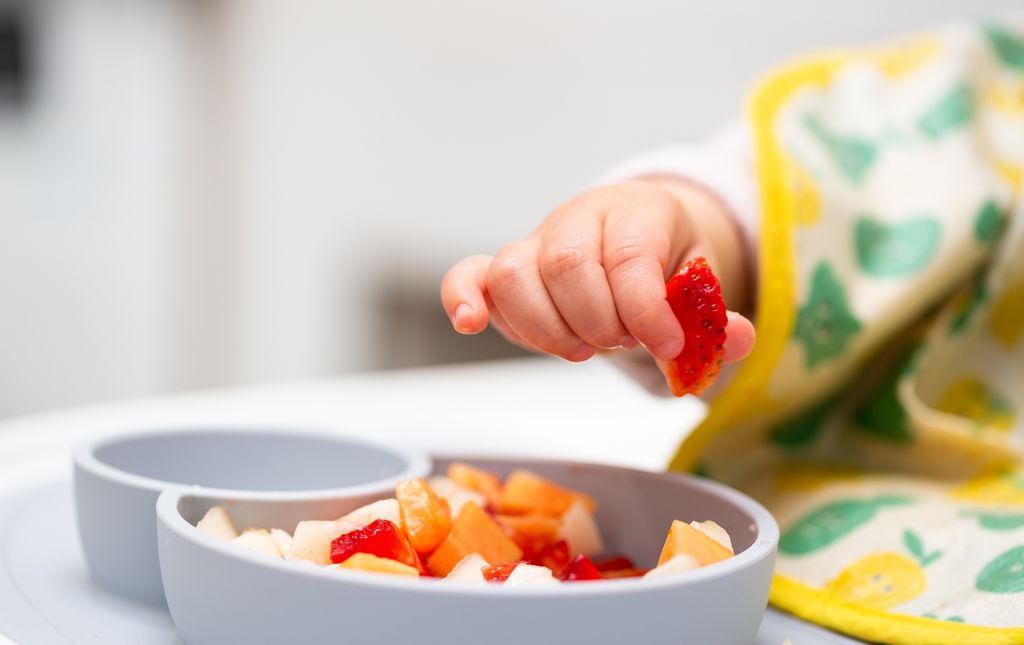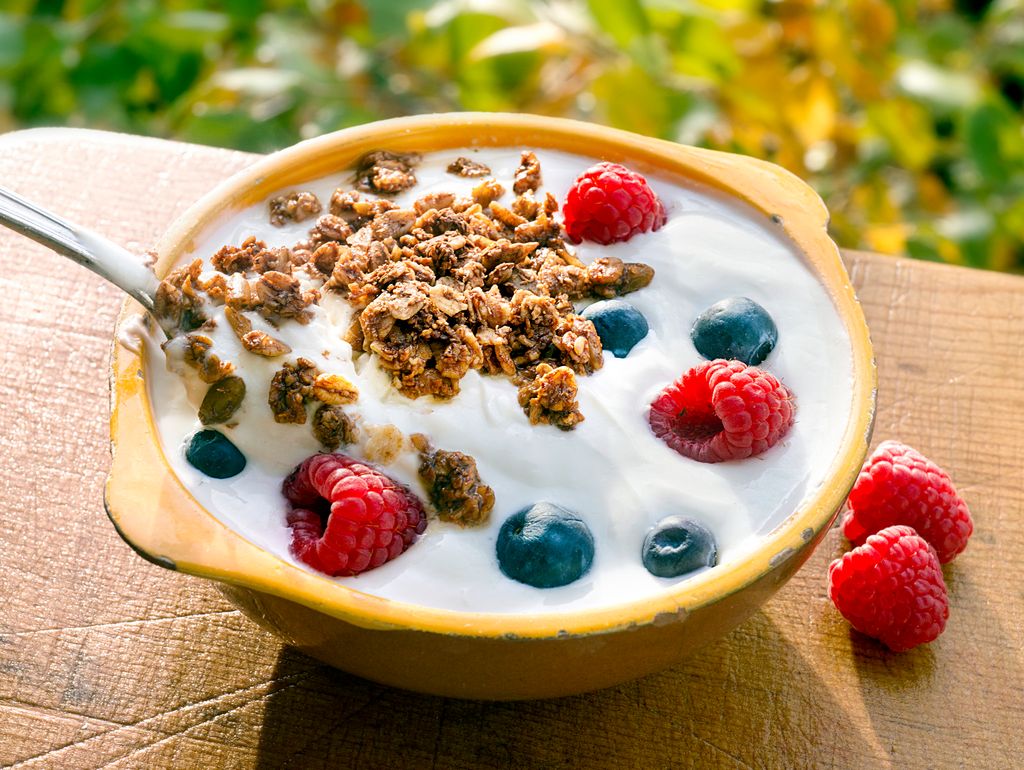The new school year is about to begin, and if there’s one thing we all need to cope with the return to routine and busy school days, it’s a good breakfast. Studies show that eating breakfast has a positive impact on learning and behaviour, so if your kids aren’t eating much at breakfast or are only eating processed options like cereal, you may want to consider making some changes to give them the nutrients they need to fuel their day. This may sound easier said than done, particularly if you have fussy eaters, but registered nutritionist Emma Bardwell has shared some top tips to help kids to eat healthy breakfasts, starting with the meal planning process.
“Get the kids involved with menu planning, shopping and even meal prepping. If they’ve played a role in the process, they’re much more invested in it and more likely to get on board,” Emma says. “Breakfast is a great time to squeeze fruit in, either as a topper (cereal, porridge, yoghurt) or on the side. Chopping things into small pieces – little cubes of apple, for example – is much more inviting than being presented with a single piece of fruit, and I find it gets less resistance. Add some peanut or almond butter on the side as they pair beautifully, and a sprinkle of cinnamon, as most kids enjoy the sweet taste.”

Meanwhile, you might find that different tactics work to help younger children and toddlers eat a more nutritious breakfast. “Younger kids might enjoy ticking off different colours of fruit and veg on an ‘eat the rainbow’ chart to really encourage trying new things and getting lots of diversity into their diet,” the author of The 30g Plan recommends.
 © Getty Images
© Getty ImagesAnd don’t forget about keeping children hydrated, too. Hydration is also key to helping pupils with paying attention, short-term memory and problem solving, so starting the day with a glass of water or milk alongside their breakfast will get their day off to a positive start.
Emma previously shared the importance of eating a protein and fibre-rich breakfast to provide the energy you need for the rest of the day, and the same applies to children. “A protein and fibre-rich breakfast sets you up for the day ahead and often means better blood sugar regulation, fewer cravings and a more even mood. I love Greek yoghurt and have it most days,” Emma said.
 © Getty Images
© Getty Images“You can either mix it with chia seeds, some oats and a splash of milk or kefir, or simply have it on its own if pushed for time. Top with berries, nuts and seeds and a tablespoon of ground flax and you have a very quick and easy breakfast boasting 25-30 grams of protein and 10 grams of fibre, plus lots of different plant sources to keep your gut microbes happy.” This is a breakfast that children can enjoy too, just omit the nuts for younger kids, or swap them for their favourite fruit for a quick and nutritious breakfast. You could also prep this the night before to save time on busy mornings when you’re in a rush to leave the house. Here’s to stress-free, well-nourished school mornings for us all!






